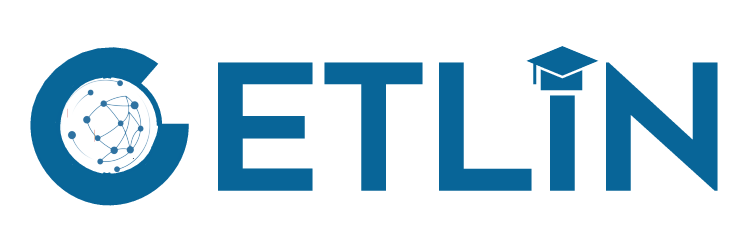Socio-political context & implications for teaching/educational policy
Australia does not have a single national education system, but one for each region – Queensland, New South Wales, Victoria, Tasmania, South Australia, and Western Australia, including two territories, the Australian Capital Territory (ACT) and the Northern Territory. Education is compulsory for children aged 6-16. The six states and two territories are responsible for their own education administration and the education in Australia is similar across all six states. The Standing Councils on School Education and Early Childhood and Tertiary Education, Skills, and Employment collaborate with the Council of Australian Governments to develop a shared national policy framework. National agreements define a general idea of education goals through intergovernmental agreements between national and state governments. The majority of planning, structure, and resource decisions, including personnel management, are made by states. Greater autonomy has been granted to all of Australia’s schools (71% public and 29% private) since 2003. The official language of teaching is English.
Funding for schools varies depending on whether the school is public or private. Government (public) schools are mostly funded by state and territory governments, while non-government (private) schools receive much less funding from states and territories (28%). Funding for schools lacks transparency and coherence, which prompts concerns about efficiency and equity in education. Moreover, private schools are getting more popular with students from better socio-economic status.
Formal schooling in Australia is divided into four educational stages – early childhood education (ages four to five), primary education (ages six to 11), secondary education (ages 12 to 18), and tertiary education. Higher education in Australia has high level of diversity and flexibility and it is divided into two sectors: vocational education and training (VET), which is registered and regulated by the Australian Skills Quality Agency (ASQA), and universities which are registered by the Tertiary Education Quality and Standards Agency (TEQSA, see OCED, 2013).

Source: Nuffic (2020). https://www.nuffic.nl/sites/default/files/2020-08/education-system-australia.pdf
Current trends in educational policy and practice (e.g. relevant curricular reform cycles) & regional differences
There are five key trends in the Australian educational policy: 1) Rising parent engagement, 2) Focus on students’ well being, 3) Preparing students for an unknown future, 4) Complexity in education 5) Attracting and retaining the emerging generation of teachers. The most important reform-the Australian Curriculum in 2010 – is the first national curriculum. It defines content and achievement standards for the entire country and contains three dimensions: three cross- curricular priorities, seven general capabilities and eight learning areas from foundation to year 10.
Current international examinations (PISA, TIMSS)
In PISA 2018, Australian pupils outperformed the OECD average in reading and science. However, in mathematics, Australian students did not deviate much from the OECD average. Reading, science, and math mean scores have been dropping since 2000, 2012, and 2003, respectively. In Australia, performance in these three topics was less strongly linked to socioeconomic level than in other OECD countries. In Australia, student competition is common, with over 90% of high-achieving advantaged children anticipated to complete their secondary school.

Source: OECD (2019)

Source: OECD (2019)
In TIMSS 2019 report, Australia is among top ten countries in maths and science. The TIMSS 2019 tested Australian students’ maths and science in Year 8 and Year 4. Compared to 2015, Australia’s mean score increased by 12 points in Year 8 maths; 16 points in Year 8 science and nine points in Year 4 science.

Source: Thomson, S., Wernert, N., Rodrigues, S., & O’Grady, E. (2020). TIMSS 2019 Australia Highlights. Australian Council for Educational Research.
https://doi.org/10.37517/978-1-74286-616-1
